Nearly every city has one. That one thing, that one place you have to see when you travel somewhere. The obligatory pic for the ‘gram location, the one influencers get up at the crack of dawn to snap before the crowds descend.
They’re places that have obtained icon status over the years. Places we’ve adopted as symbols that connect us to a destination. They’ve become landmarks.
One can’t think of San Francisco without thinking about the Golden Gate Bridge. When you think of China you think of the Great Wall, Paris, the Eiffel Tower. India, the Taj Mahal. And the list goes on.
But what’s the story behind them? What made them so iconic? Why were they even built? Everything has its story. For Design Month, we’re diving in to the lesser-known stories behind some of the world’s most iconic landmarks. So unbelievable they must be true.
One of the most recognisable symbols of San Francisco, California, and the United States, the Golden Gate Bridge is possibly the most photographed bridge in the world. At 2.7km long, this Wonder of the Modern World is not only renowned for it’s length, but is internationally, instantly recognised by its red/orange-hue. Which was, ladies and gentlemen, the primer. Yes, that’s correct, the primer. Most bridges in the ’30s were black or silver, but when Irving Morrow (the architect) noticed a bold primer painted on some steel his Pablo Picasso was piqued and, after much convincing, he was granted permission to splash on what has been famously dubbed as “international orange”.
Perhaps the most romantic piece of concrete on the planet, Juliet’s Balcony, in the picturesque city of Verona, Italy, has become infamous as the place where two star-crossed lovers met under the moonlight in Shakespeare’s Romeo & Juliet. However, none of that is true. Firstly, balconies aren’t known to exist until 1618, which is two years after Shakespeare died. Therefore, secondly, Shakespeare didn’t even know what a balcony was. Which means, thirdly, that the word ‘balcony’ doesn’t appear in Shakespeare’s original play. Gelato lovers can thank later adaptations of the Bard;s work that started appearing again in the 18th century for adding in the now iconic setting of this renowned landmark.
The most visited monument that you have to pay for in the world, and the now universal symbol for the whole of France, the Eiffel Tower needs little introduction. Named after its architect, Gustave Eiffel, it was designed and built for the 1889 Exposition Universelle to celebrate the 100th anniversary of the French Revolution. Taking two years, two months and five days to build, the Eiffel Tower was an undeniable technical achievement in construction, however the French did not welcome it too kindly. Heartily disliked by Parisian intellects and artists a manifesto protesting its existence was released to the public, calling the new tower, “French taste gone unrecognised,” and referring to it as, “the useless and monstrous Eiffel Tower.” Eventually people came around. It was supposed to be destroyed after the Exposition, but it stayed, and ever since marriage proposals have never been the same.
A designated UNESCO World Heritage site that took 20,000 workers two decades to build, the Taj Mahal is an example of excellence in architectural design. Sitting on 17 hectares of land and surrounded by beautiful gardens, a Mosque and a guesthouse, the Taj Mahal stands as a symbol for India’s rich history. But during the Second World War it completely disappeared. Well…kind of. Fearing its destruction, a grand illusion was planned to make the Taj Mahal appear to disappear. Architects built a massive scaffold around the building to make it look like a pile of bamboo to the planes circling up above and surprisingly it worked! Airborne bombers, who would look down from the sky, would see what appeared to be just a large pile of bamboo and fly past their target none the wiser.
It was the turn of the century and Los Angeles was a growing city set a spark by the rise of the film industry. Glitz, glamour and sprawling development throughout the area descended as the streets became flooded with would-be actors, actresses and real estate developers. “Hollywoodland” was a promising new development being built in 1923 and to advertise the up-and-coming lot of American dream homes a massive sign was erected on Mount Lee. Achieving icon status from the moment it was installed, the now “Hollywood” sign (no one knows why ‘land’ was dropped, but it’s certainly more catchy imoh) brought so much recognition to the area as a whole that it was left there.
Standing 60 ft. tall and weighing a staggering 720 tonnes each, the Colossi of Memnon are one of the many striking Egyptian monuments on Luxor’s west bank. Built in 1350 BC to guard the memorial temple of Amenhotep III, the once massive complex where the Colossi stand was built during the pharaoh’s entire lifetime and remains the largest and most opulent in all of Egypt. Even rival Ramesses’ couldn’t compare. But did you know these now faceless statues used to sing? According to ancient Greek literature, an earthquake in 27 BC shattered the northern Colossi, collapsing it from the waist up and cracking the lower half. Following its rupture, the remaining lower half of the statue was reputed to ‘sing’. They were a top tourist attraction for ancient visitors who inscribed the base of the statute reporting whether they had heard the sound or not. A botched repair job under the orders of Emperor Septimius Severus in the third century AD has since rendered them silent.
Commissioned by Emperor Aurelianus in the Medieval Period, the sprawling Piazza del Popolo in the heart of what was once ancient Rome has survived centuries to become one of the many infamous landmarks of the famous Italian capital. But long before it housed three gorgeous churches, decadent fountains and a towering Egyptian obelisk it was, according to medieval legend, haunted. It is thought to have been built on the site of the infamous Roman emperor Nero’s family estate and his burial ground. To ward off Nero’s evil spirit, which rumour has it housed itself in a tree on the site, the Vatican staged an exorcism of the area, cut down the tree and built the Santa Maria del Popolo – the church which the square takes its name from and was built around.
Known to the Chinese as “the Long Wall”, to Germans as “the Chinese Wall” and to most of the Western world as “the Great Wall”, the Great Wall of China, with its various names, additions throughout dynasties and expansive history, is one of the largest building projects ever undertaken. With its first iteration beginning construction in 221 BC, it took nearly 2000 years to complete and wouldn’t be seen or mentioned by anyone outside of China, even by the likes of the infamous Marco Polo, until 1605 when the Portuguese explorer, Bento de Gois, became the first European to set foot on the wall. In fact, until today, it has yet to be seen from space despite the oft-claimed ‘fact’ that the Great Wall of China is the only manmade structure on the planet that can be seen from up above. In 2010 NASA released an article denouncing the myth and putting the claims to rest once and for all.
Providing rich history in to New Orleans’ past, the famed thirteen block strip of Bourbon Street in the heart of the city’s French Quarter is famed for its reputation for public intoxication and free-wheeling decadence. But what you probably didn’t know is that the bars on Bourbon Street were some of the first commercial spaces in the 30s to adopt air conditioning. They also paved the way for the now modern American Sports Bar when they became the first in America to add televisions and draft beer in 1948. Meanwhile, despite myth and legend, Bourbon Street was not named after the drink. The street was actually named to honour France’s ruling family, the House of Bourbon, and bourbon whiskey likely took its name from the street.
Originally called Buckingham House, the building, which is now widely known as the London residence for the monarchy of the United Kingdom, was built for the Duke of Buckingham in 1703. Acquired by King George III in 1761 as a private residence for Queen Charlotte, it went on to become known as The Queen’s House. It wasn’t until the 19th and 20th centuries that expansions were built to form the 775-room Buckingham Palace we’ve come to admire today. With its vast history, including surviving two world wars, one of which destroyed the palace chapel, there are many legends surrounding the well-guarded house of the Queen. It is said that the palace sits atop a maze of underground tunnels constructed centuries ago, connecting it to various streets in nearby St. James. And according to rumour, King George VI (the Queen’s father) and the Queen Mother once went exploring in the tunnels and happened upon a very polite fellow from Newcastle who had been living down there for years.


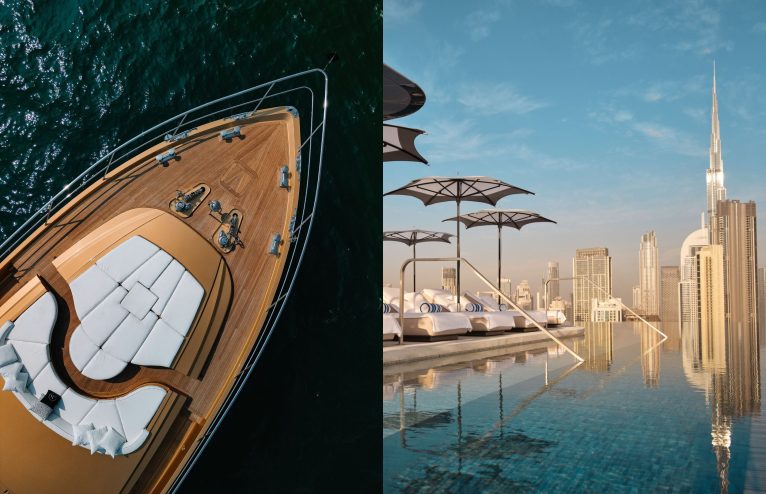
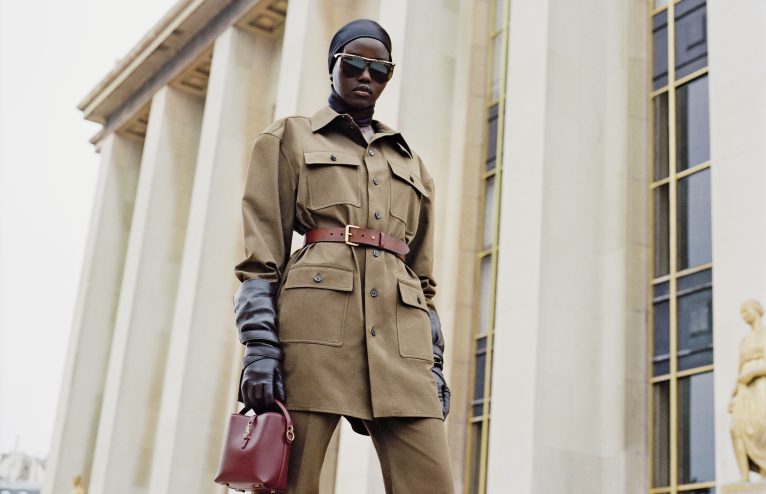



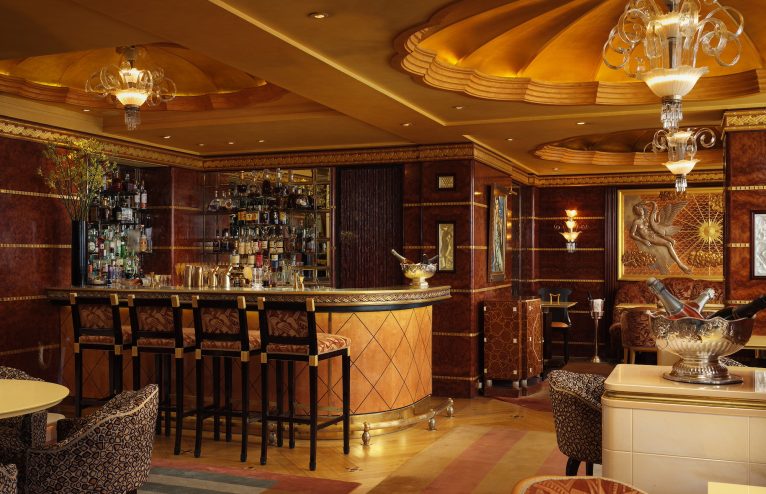
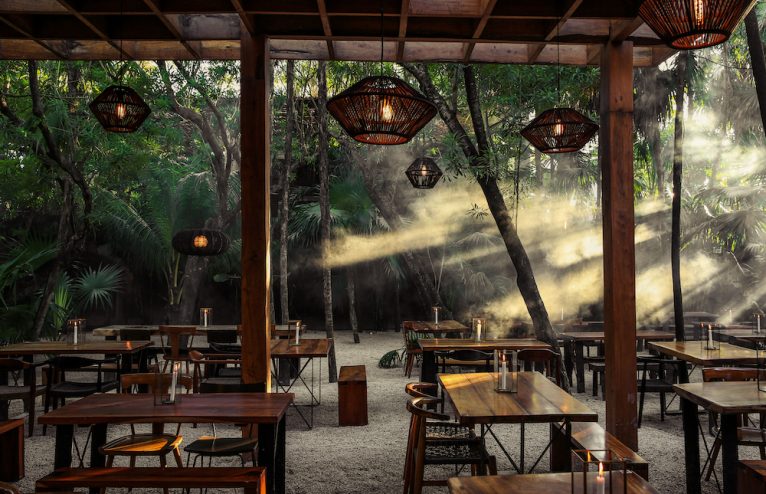







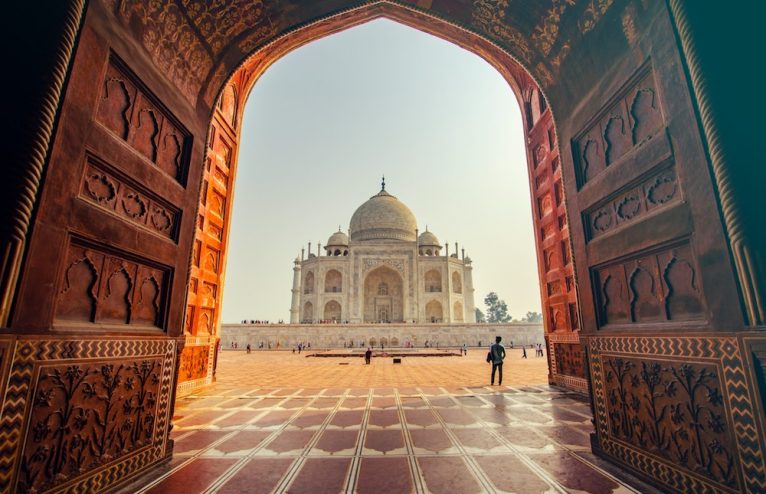


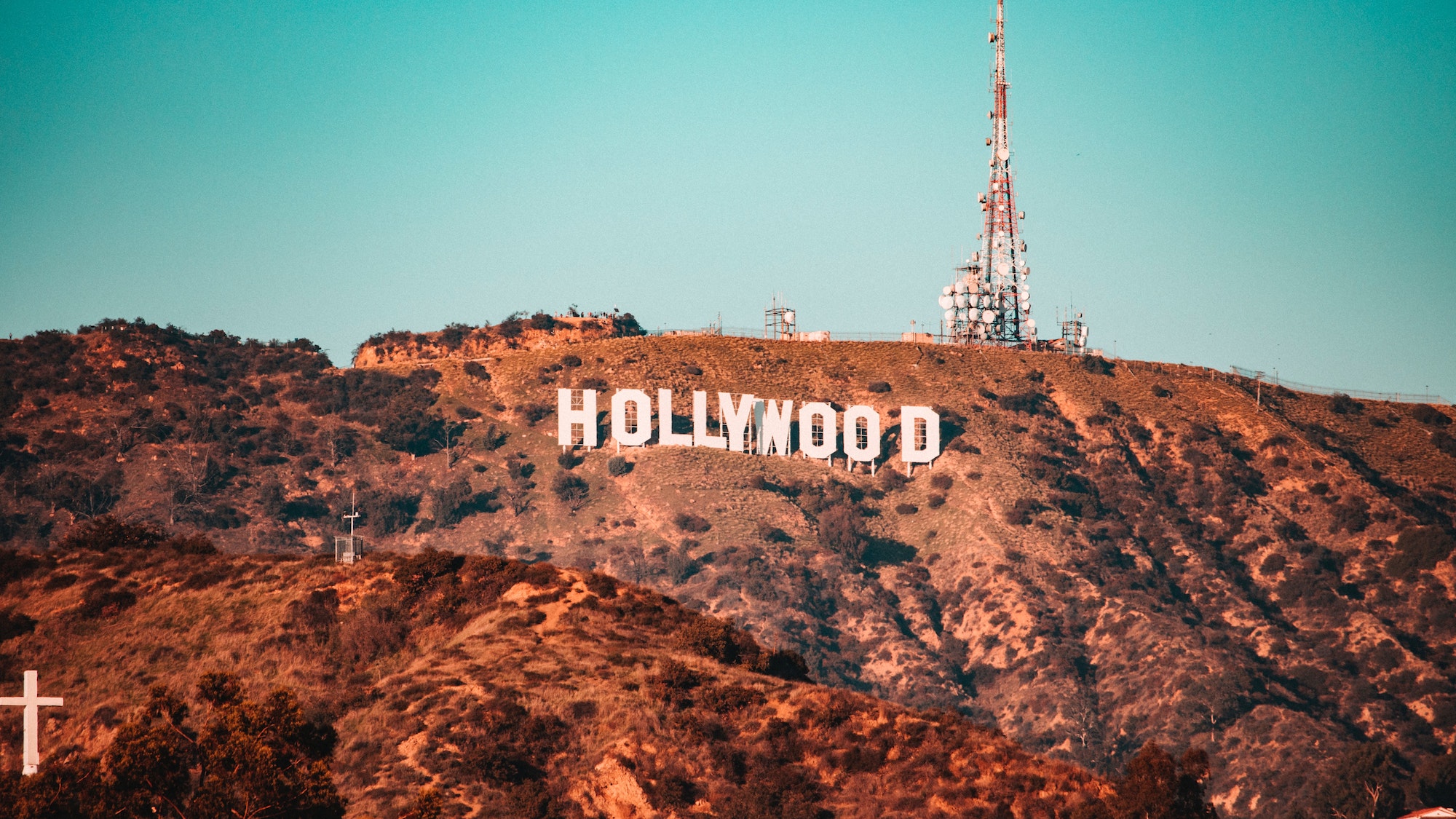
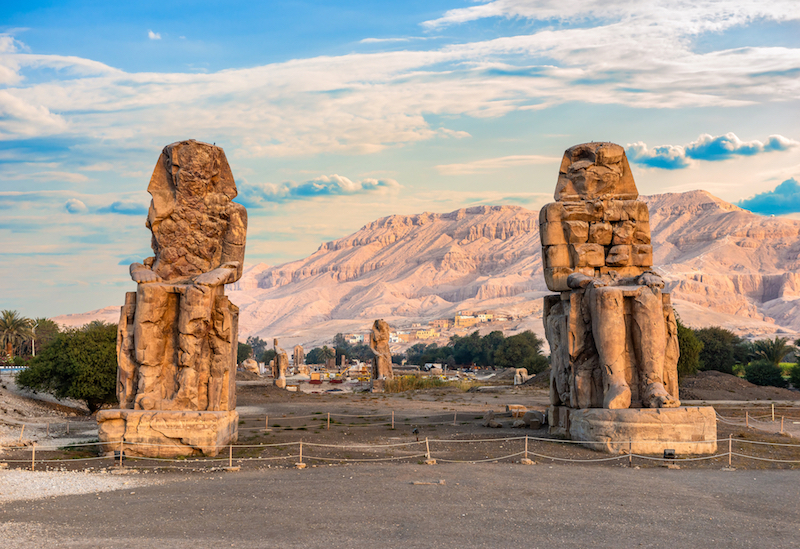
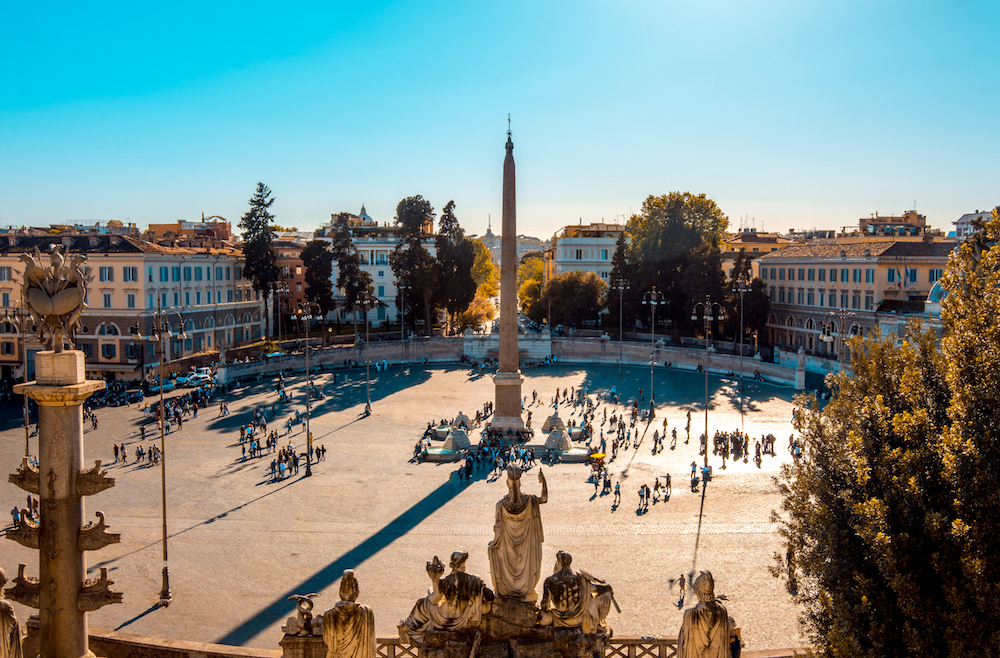

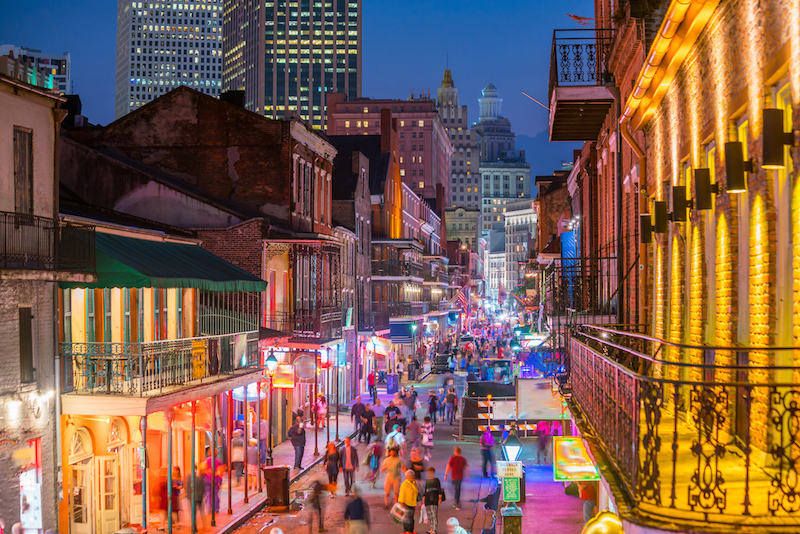




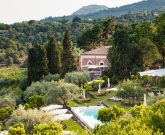
Any Questions or Tips to add?